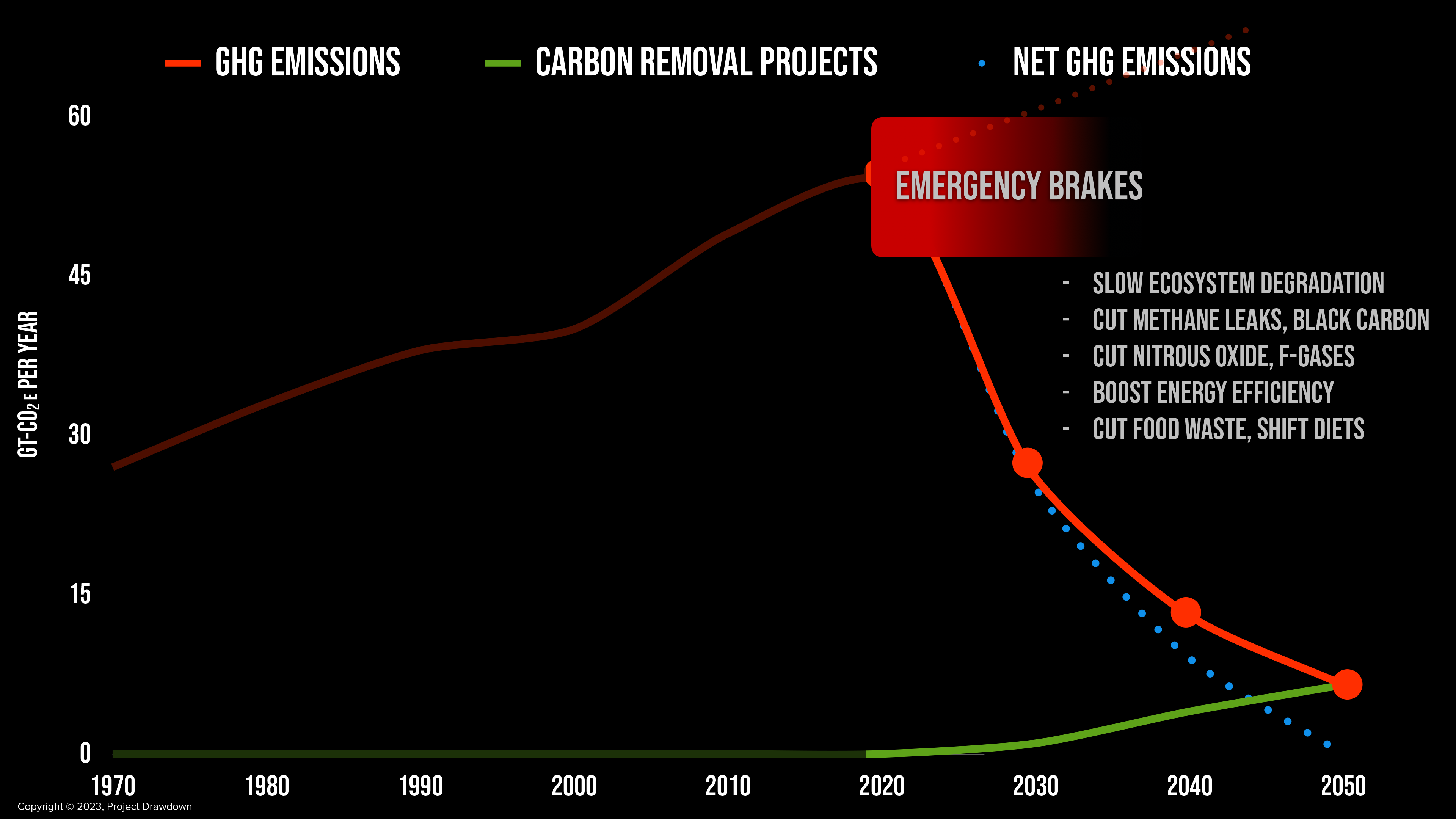Yet both global emissions and temperatures reached record highs last year. Clearly, “what we know” is not enough. To unlock and accelerate climate action, we need to merge our science with a strategic plan for action and put solutions into a greater socioeconomic context.
First, we must operationalize the science into actionable, evidence-based solutions. Then, we need to optimize the application of those solutions by positioning and implementing them in the context of current conditions and societal systems.
Operationalize the Science
There are many ways to operationalize science to make our knowledge actionable. The most fundamental approach is to use scientific understanding of the causes of a problem to devise interventions that will resolve it.
Fortunately, much of this work has already been done on climate change. Because we know where greenhouse gas emissions are coming from, we already understand what we need to do to slow and stop climate change. Project Drawdown has developed a comprehensive list of ready-to-go, evidence-based climate solutions, ranging from individual or household actions to changes in business practices and large-scale societal transformations.
But it’s a long list. So, for each of us, in all sectors of society, to make the best decisions about which climate actions to take, we must consider other factors.
For example, we know that the sources, types, and amounts of greenhouse gas emissions differ across the globe. Therefore, for any kind of climate action, whether replacing coal power with clean energy or protecting a forest from being cut down, its impact depends on where you do it. More than 50% of agricultural emissions of nitrous oxide, which warms the atmosphere nearly 300 times more than carbon dioxide, come from just 13% of cultivated lands, primarily in China, India, and the United States. We operationalize this knowledge by targeting improved fertilizer management in the places where that action will have the greatest impact.
We also know that different solutions take a different amount of time after implementation before reducing emissions. Some climate solutions, like plugging methane leaks from fossil fuel infrastructure or biking to work instead of driving a gas-powered car, immediately eliminate or reduce emissions. Others, like planting trees or constructing a utility-scale clean energy power plant, take years to have an impact. Ultimately, we need to do all of these things. But to quickly bend the emissions curve and maximize the time value of carbon, we should prioritize “emergency brake” climate solutions that either immediately cut emissions, target disproportionately potent climate pollutants (like methane, nitrous oxide, fluorinated gases, or black carbon), or prevent a pulse of new emissions, such as would occur when a forest is logged or burned.






